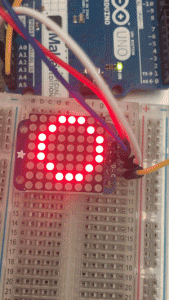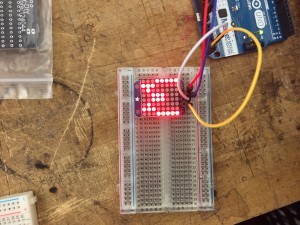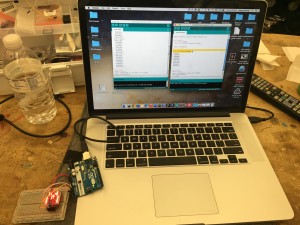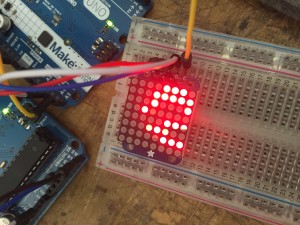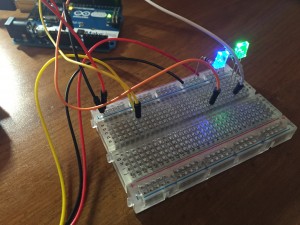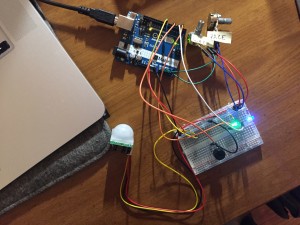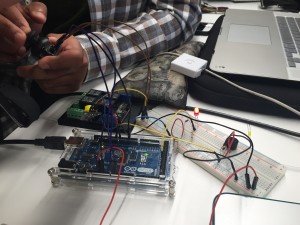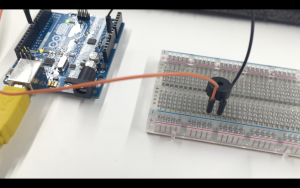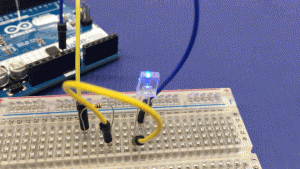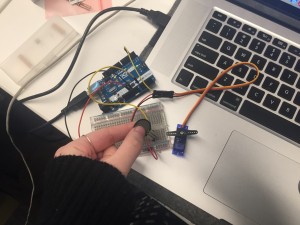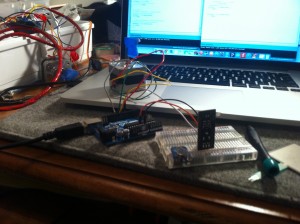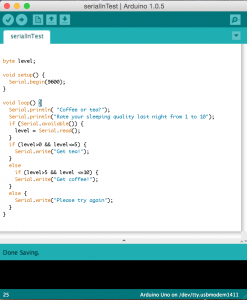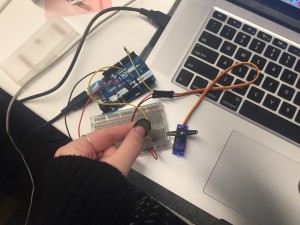Studio/Lab Final Presentation – Make a Face!
Final Presentation Slides: makeAFacePresentation
Video: https://vimeo.com/127794759
Notes on Reflection
Unlike most of my other projects that I could quickly settle down for one solid idea, this project went through several iterations until I reached the final idea – a witty and playful interaction/game between human vision and computer vision. Through the user testing, especially from the advice of my game design colleagues, the most valuable lesson that I learnt was the step-by-step instruction for the users to adapt to the rules and speed of the game. I tried using icons and visuals, instead of heavy texts, to more intuitively direct the players into the game. However, to understand the meaning of each icon still required more tolerance of the game in the beginning. Aside from the structure of the game, I found one ideology in Rory’s notes that could push the potential of the project further. Rory suggested that many networks, especially social networks, intentionally yet unconsciously steered us to certain emotions or encouraged us to participate in some activities. For instance, social networks encourage us to be engaged with friends, while shopping websites sell the products as well as the pleasant mood of buying things. Therefore, this project could become a critical object on exploring the unconsciously control of guidance of our emotion and activities, which could be as equally threatening as public surveillance.
